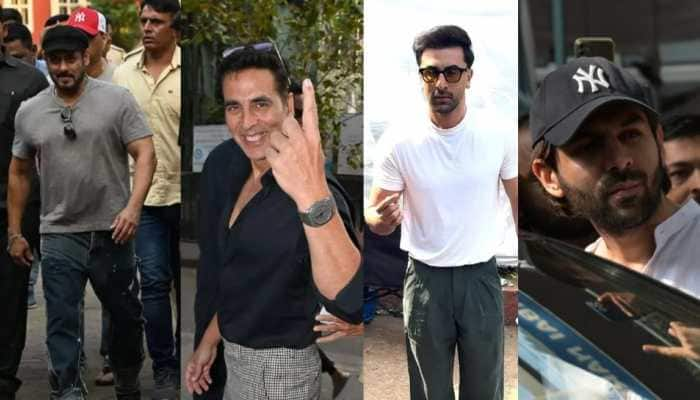Did You Know? This Country Never Wanted Indepedence But Was Forced To Be Free
Every citizen of a country feels proud when their Independence Day arrives each year. People begin to remember the great personalities of their country who sacrificed their lives, fought wars, went to prison, shed blood, and were hanged to free the nation. Almost every citizen dreams of breathing in the air of freedom and living freely in their own country. But do you know that there is one country that did not want to be independent and was forcibly given freedom? This country is Singapore. So, let's find out why Singapore did not want to be independent.
)
Singapore is a country that never sought independence. It was forced to be independent. Singapore’s story of independence is slightly different and fascinating. The history of this country dates back to the medieval period, when people began settling on a swampy island. This island was located at the southern tip of the Malay Peninsula, which was of great strategic importance. By the 19th century, the island caught the attention of the British Empire, and the British took control of it to manage their trade routes. During World War II, Singapore was also under Japanese occupation, but after the war, it continued to remain a British colony.

After the end of British rule, the countries of Southeast Asia decided to form a union called 'Malaysia' in 1963. The aim was to improve the economic situation and establish a collective defense system, especially with the threat of communist rule spreading worldwide. Communism was part of the Cold War, and many newly independent nations around the world were rapidly falling under Marxist regimes.

However, after Malaysia was formed, elections were held, and Singapore's politics created a crisis. This was because Malaysia's main party, the United Malay National Organisation (UMNO), wanted to create a Malay-majority nation. The situation became tense as Singapore's leader, Lee Kuan Yew, was opposed to Malaysian rule and was rallying support for his party, the People's Action Party (PAP). While citizens living there were not Malay, they were of Chinese, Indian, or indigenous descent. Therefore, it should come as no surprise that Singapore's voters prioritized the People's Action Party, led by Lee Kuan Yew.

In this situation, both political parties attempted a ceasefire. The PAP would operate in Singapore, and UMNO would operate everywhere else. This ceasefire lasted for a month, until UMNO began establishing offices in Singapore and recruiting political candidates. In response, Lee stated that the PAP had started fielding candidates in Malaysian elections beyond their city. Each side accused the other of violating the ceasefire and engaging in election fraud, which led to riots.

By May 1965, the two political parties were still engaged in a battle. In this situation, Malaysia's Prime Minister Tunku Abdul Rahman claimed that Lee's goal was to keep the Malay people under a Chinese elite. Lee openly attacked Tunku's racism and called on the new Malaysian government to prioritize economic development. Tunku had grown frustrated and decided to take radical action to permanently eliminate this rival from Malaysian politics.

From Tunku's perspective, Singapore had shifted from an economic boon to a political liability. Therefore, he secretly instructed his staff to contact Lee's staff and proposed an agreement to separate Singapore from Malaysia. By August, an agreement had been prepared, and the time had come to announce this decision to the public.

In August 1965, under a secret agreement, Singapore was separated from Malaysia. On August 9, 1965, Lee Kuan Yew announced on television that Singapore would now become an independent country. During this announcement, he became emotional and cried, as he believed he had failed to fulfill the dream of building Malaysia. Singapore was now an independent country, and its new journey began.
Trending Photos








